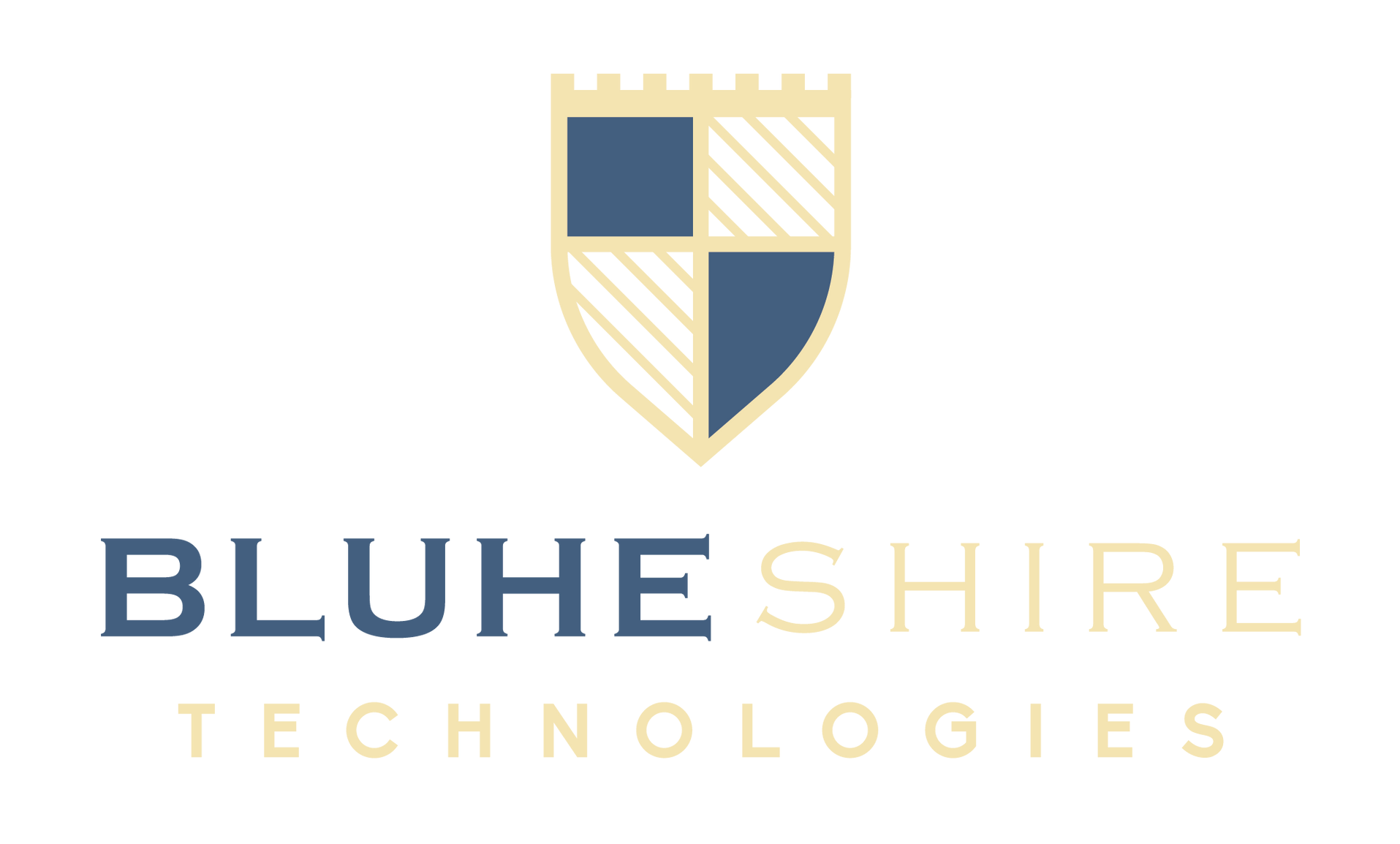SWIFT
SWIFT is a global financial messaging network that enables banks to securely exchange electronic messages and financial transactions using standardized protocols, unique Bank Identifier Codes (BICs) and various security measures to ensure the safety of the transactions.
What is SWIFT?
SWIFT (Society for Worldwide Interbank Financial Telecommunication) is a global financial messaging network that enables banks and other financial institutions to securely exchange electronic messages and financial transactions with each other. It is used to facilitate cross-border wire transfers and other types of financial transactions between banks and other financial institutions.
The SWIFT network is based on a series of standardized financial messaging protocols that define the format of the messages that are sent between institutions. These protocols ensure that messages are sent in a consistent and standardized format, which makes it easier for banks to process and understand the information that they receive.
One of the most important features of the SWIFT network is the use of unique Bank Identifier Codes (BICs) to identify the institutions that are participating in the network. Each institution that is a member of SWIFT is assigned a unique BIC, which is used to identify the institution in financial transactions. This helps to ensure that transactions are sent to the correct institution and that the institution is able to process the transaction correctly.
SWIFT also provides a range of other services to its members, including compliance and sanctions screening, and messaging services for trade finance and cash management. It also provides various security measures such as two-factor authentication, and Secure IP Network (SIPN) to ensure the safety of the transactions.
In summary, SWIFT is a global financial messaging network that enables banks and other financial institutions to securely exchange electronic messages and financial transactions with each other, using standardized protocols and unique Bank Identifier Codes (BICs) to identify institutions, and various security measures to ensure the safety of the transactions.
History OF SWIFT
It was created in 1973 to address the need for a secure and standardized way for banks to communicate with each other, the network is based on a series of standardized financial messaging protocols that ensure that messages are sent in a consistent and standardized format, and assigns each institution a unique Bank Identifier Code (BIC) to identify the institution in financial transactions, it also provides a range of other services such as compliance and sanctions screening, trade finance and cash management messaging, and various security measures such as two-factor authentication, and Secure IP Network (SIPN) to ensure the safety of the transactions.
How It Works
1.Define
M-0 Funds, also known as Monetary Base, is defined as the total amount of physical currency and commercial banks' deposits held with the central bank.
2. Control
Central banks control the money supply through their monetary policy tools, by buying or selling government securities on the open market which affects the amount of reserves that commercial banks hold and the amount of M-0 Funds in circulation.
3. Stabilization
Central banks use monetary policy tools to stabilize the economy and curb inflation.
4. Expansion
With the growth of digital banking and e-commerce, the concept of the monetary base has been expanded to include digital forms of money, such as electronic funds held in digital wallets.
Benefits of SWIFT
Liquidity
M-0 Funds are considered to be the most liquid form of money, as it can be easily exchanged for goods and services.
Foundational
The M-0 Funds are considered to be the foundation for the creation of other forms of money such as M1 and M2, which include additional forms of deposits and other assets that can be quickly converted into cash.
Control of Supply
Central banks use monetary policy to control the money supply through open market operations, which affects the amount of reserves that commercial banks hold and the amount of M-0 Funds in circulation.
High-Powered
M-0 Funds are considered to be high-powered money, because it can be used to create more money through the process of fractional-reserve banking.


